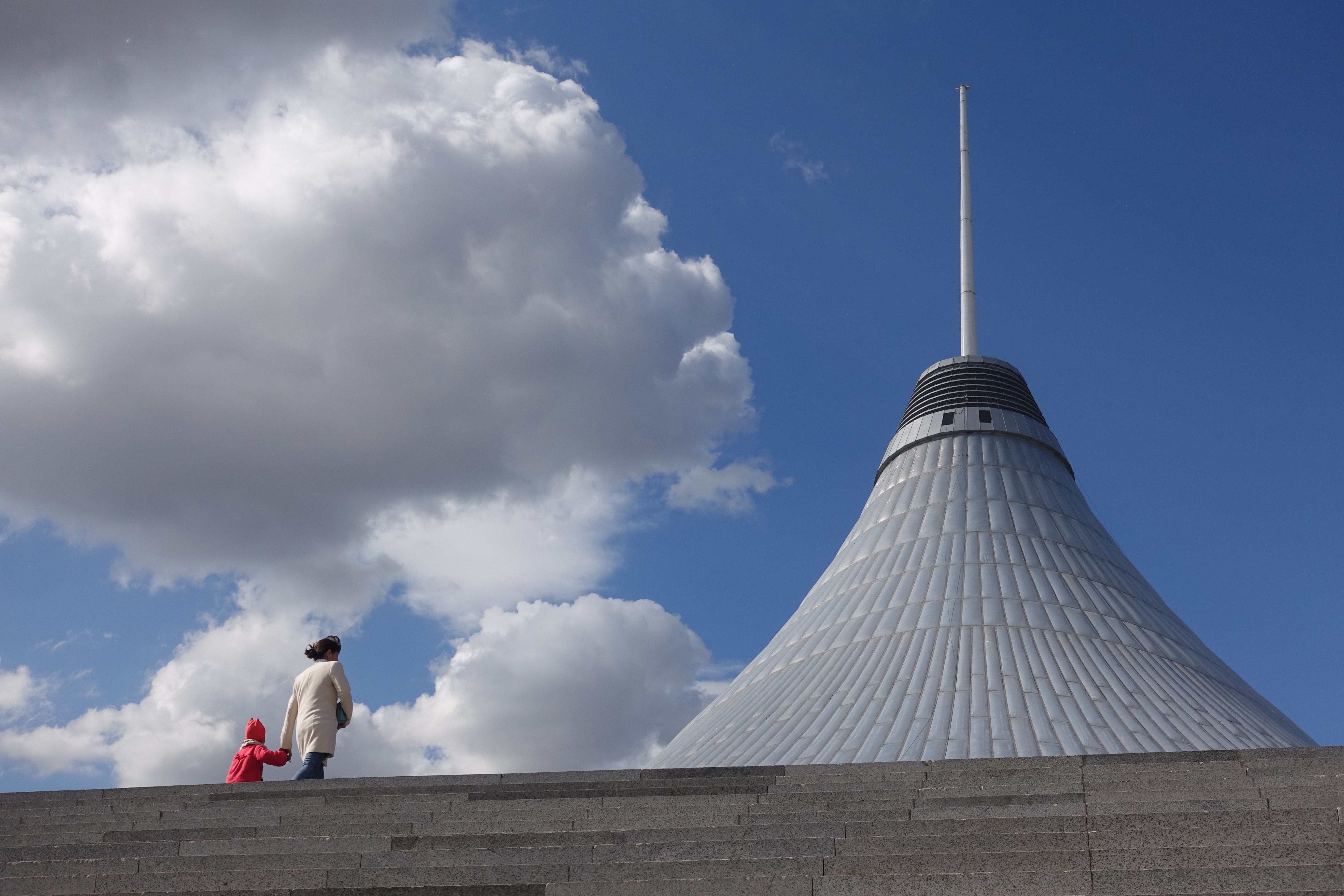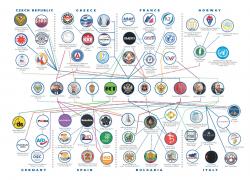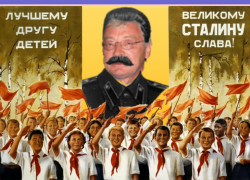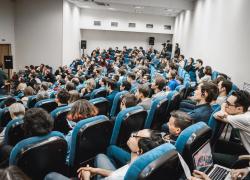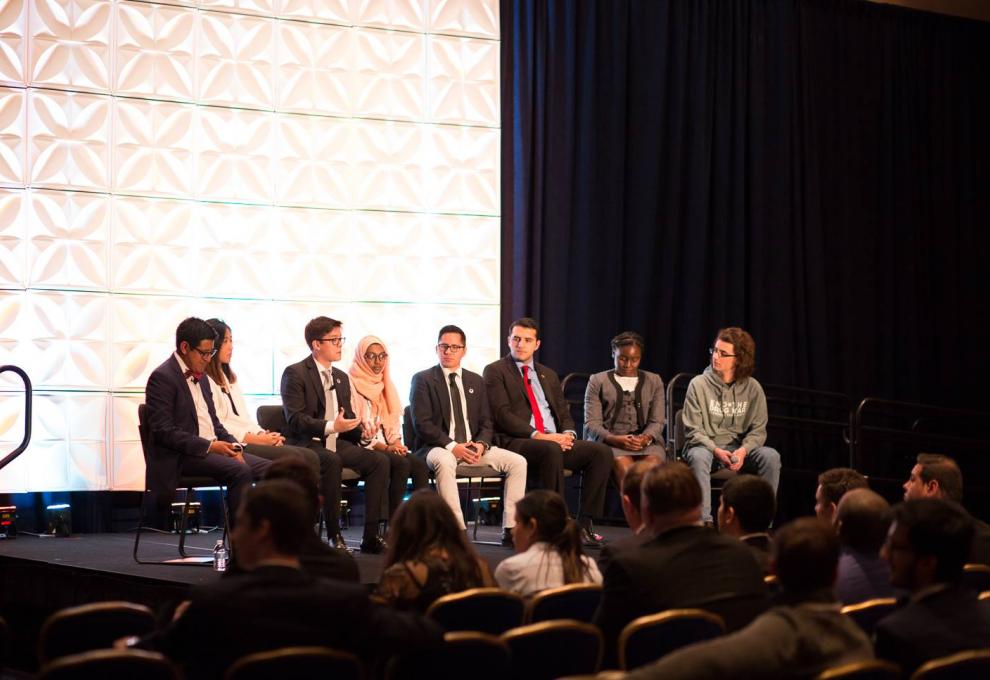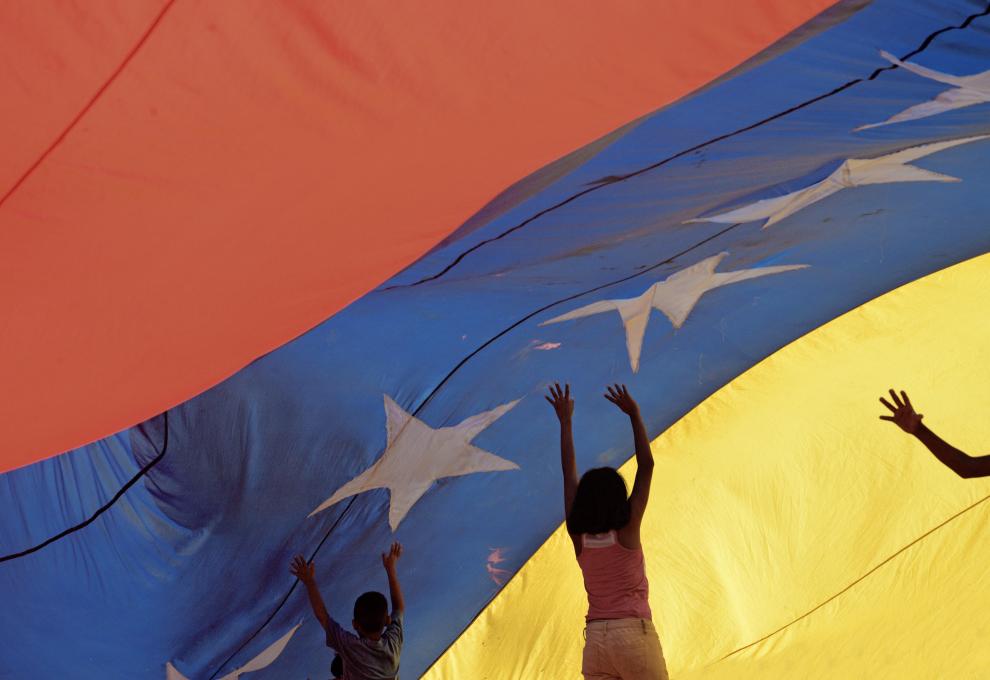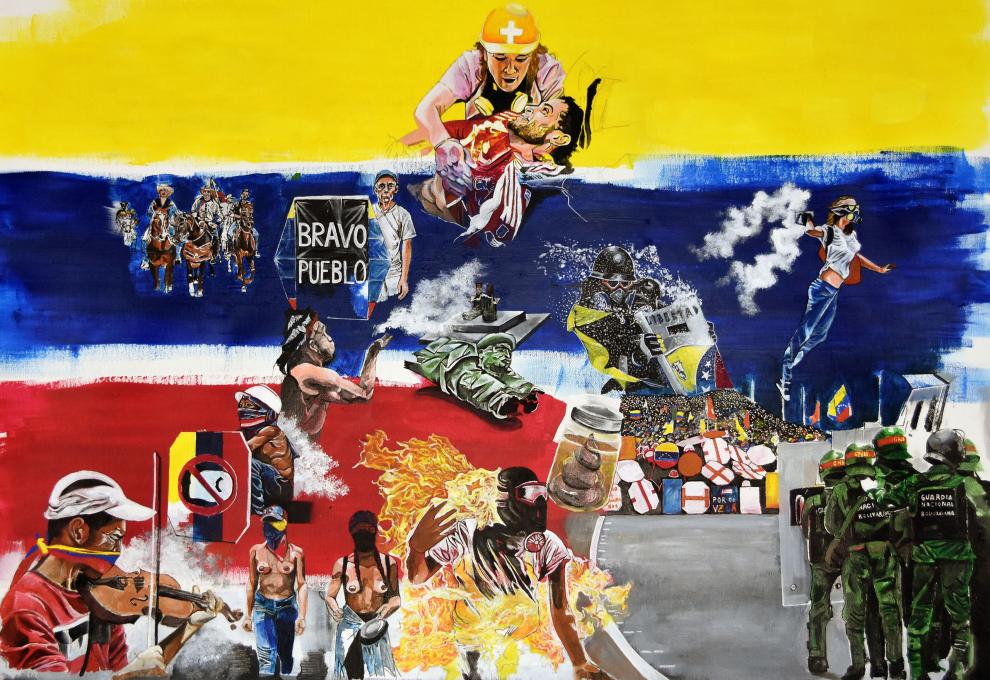Understanding the Situation in Kazakhstan
If 2020 was the year of the pandemic, 2022 seems to be the year of geopolitics.
In the past week, thousands of people in Kazakhstan have turned to the streets in the nation’s largest wave of protest since it became an independent nation in the early 1990s.
Initially, the protests began after the government lifted its price caps over liquefied petroleum gas, a low-carbon fuel that most Kazakhs use for their vehicles.
But the protests should be not understood as a mere response to this policy. Instead, it should be seen as the people’s demands for a free, prosperous, and more democratic Kazakhstan.
As the protests intensified (especially in Almaty, Kazakhstan’s largest city), the demonstrators moved from demanding low fuel prices to advocating concrete political freedoms, such as implementing an election system for the country’s regional leaders. Currently, they are appointed by the president.
Since Kazakhstan became an independent country with the collapse of the Soviet Union, the country has been ruled by the same political elite. It was first ruled by President Nazarbayev. And as he was approaching 80 years old in 2019, he handed power to President Tokayev, who was groomed to be president by Nazarbayev.
As a result of Kazakhstan’s authoritarian political system, the country’s economy is unfree, dependent on Kazakhstan’s vast natural resources, and extremely unequal.
Kazakhstan is not only rich in hydrocarbon and metal deposits, but it is also located right between Russia and China.
This is why it is said that Kazakhstan is located in a strategic part of the world. In essence, it has the potential to become the key country for China’s Belt and Road Initiative, as it can connect the fast-growing economies of China and South Asia with Russia and Europe as a whole.
Moreover, American energy companies like Exxon Mobil and Chevron have invested tens of billions of dollars in western Kazakhstan.
However, despite its potential, Kazakhstan’s average salary is just over 550 dollars per month, with half of its population living in rural areas that have poor or nonexistent access to essential public goods and services.
During this wave of protests, dozens of Kazhaks have been detained. President Tokayev has also authorized its security forces to “fire without warning.” Tokayev has even called the protestors “a band of terrorists.”
And as if these repressive actions were not enough, Russia’s forces have entered the country, which is a move that has massive implications for the geopolitics of the entire region.
So, while it remains to be seen whether the protests will actually lead to regime change, it is interesting to note that the events in Kazakhstan represent another uprise against a Russian-aligned nation, such as Ukraine in 2014, Venezuela on repeated occasions, and Belarus in 2020.
From this perspective, it is clear that people want freedom for their countries, the question is how can the international community support those efforts in an effective manner, allowing these countries to live in peace, severing, and unity.
By Jorge Jraissati
Jorge Jraissati is a Venezuelan economist and freedom advocate. He is the Director of Alumni Programs of Students For Liberty, an NGO advancing the ideas of a free society in over 100 countries. Beyond SFL, Jorge is a research consultant for IESE Business School, an economist from the Wilkes Honors College, and the President of Venezuelan Alliance, a policy group specialized in the Venezuelan humanitarian crisis. Jorge is a weekly columnist at Freedom Today Network.

